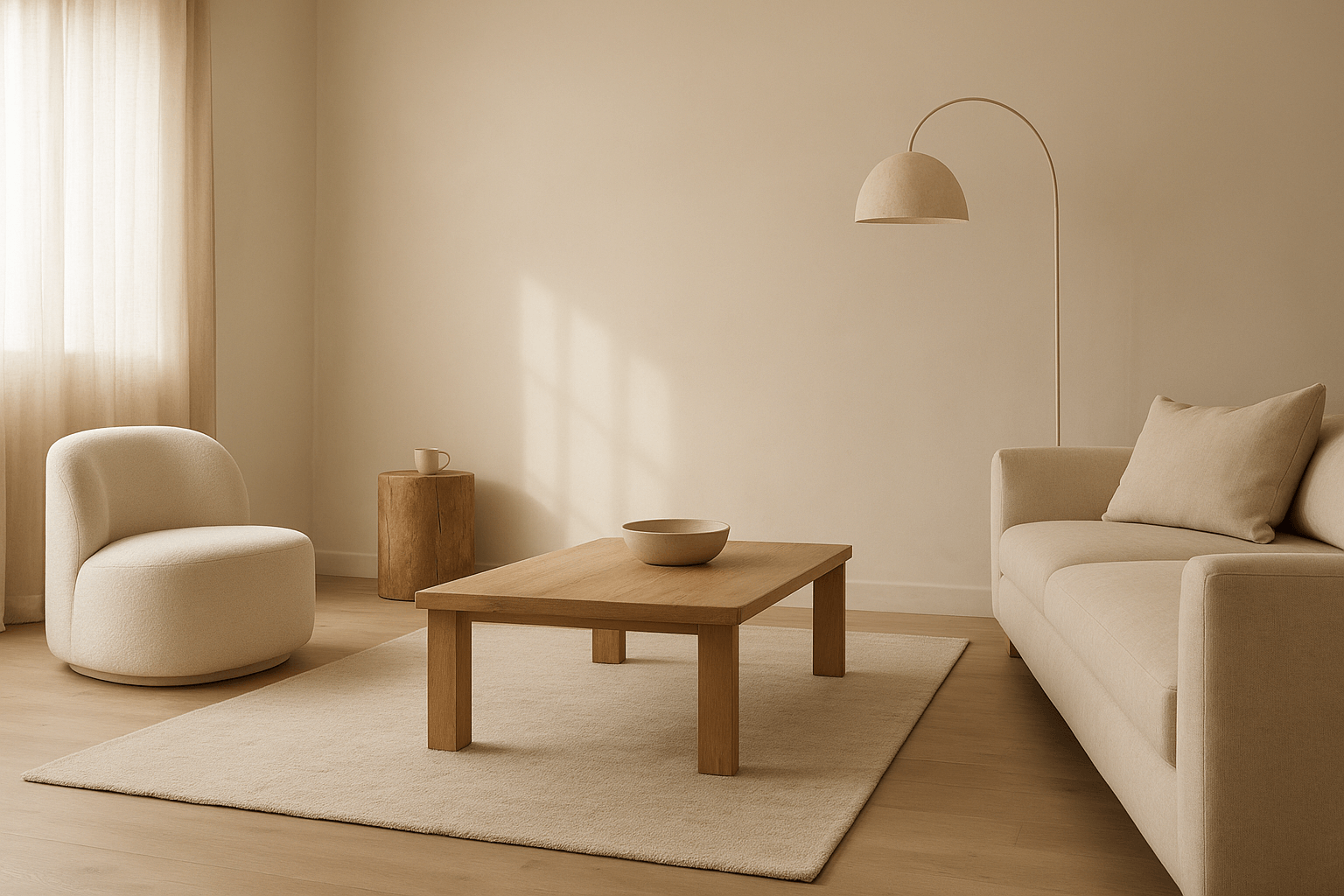Why Less Is Not Just Less
In minimalist design, what’s not there is just as important as what is.
Negative space—the unfilled, unstyled, intentionally left “blank” areas in a room—is one of the most powerful design tools. It’s the pause between the notes. The space between objects. The visual quiet that makes everything else feel more meaningful.
What Is Negative Space in Interiors?
It’s not just an empty wall or corner. It’s any area left open to:
-
Let the room breathe
-
Highlight surrounding elements
-
Offer visual rest
-
Support emotional stillness
Negative space gives form its clarity. Without it, minimalism turns into clutter made with fewer things.
How Negative Space Creates Impact
1. It Creates Balance
A room with only filled surfaces and close-set furniture feels dense. Open areas bring flow and softness.
2. It Enhances Objects
When an object stands alone—a lamp, a chair, a sculpture—it becomes more powerful. The space around it makes it seen.
3. It Shapes Light and Shadow
Blank walls and uncluttered corners let natural light move freely. Shadows become part of the design.
4. It Encourages Stillness
The brain processes fewer things in quieter spaces. That means less anxiety, less decision fatigue, and more presence.
5. It Offers Adaptability
Negative space can change. It holds potential—for rest, rearrangement, or new energy when needed.
How to Design With Negative Space
1. Start by Removing
Take everything off a surface or wall. Then add back only what serves the space emotionally or functionally.
2. Leave Blank Areas Intentionally
Not every wall needs art. Not every shelf needs styling. A blank spot is not unfinished—it’s deliberate.
3. Group Objects, Then Leave Gaps
Instead of spacing things evenly, group them with breathing room around. Let the eye rest between clusters.
4. Use Furniture to Create Flow
Low-profile or leggy pieces preserve visual openness. Keep walkways wide and edges clean.
5. Trust the Quiet
The more you practice using negative space, the more natural it feels. Soon you’ll notice when a room is “overfull”—even if it’s technically minimalist.
Final Thoughts
Negative space is not emptiness—it’s design. It brings contrast, clarity, and emotional calm. It lets your home exhale.
Use it boldly. Use it often. And let your space become powerful not just because of what it holds—but because of what it doesn’t.
















